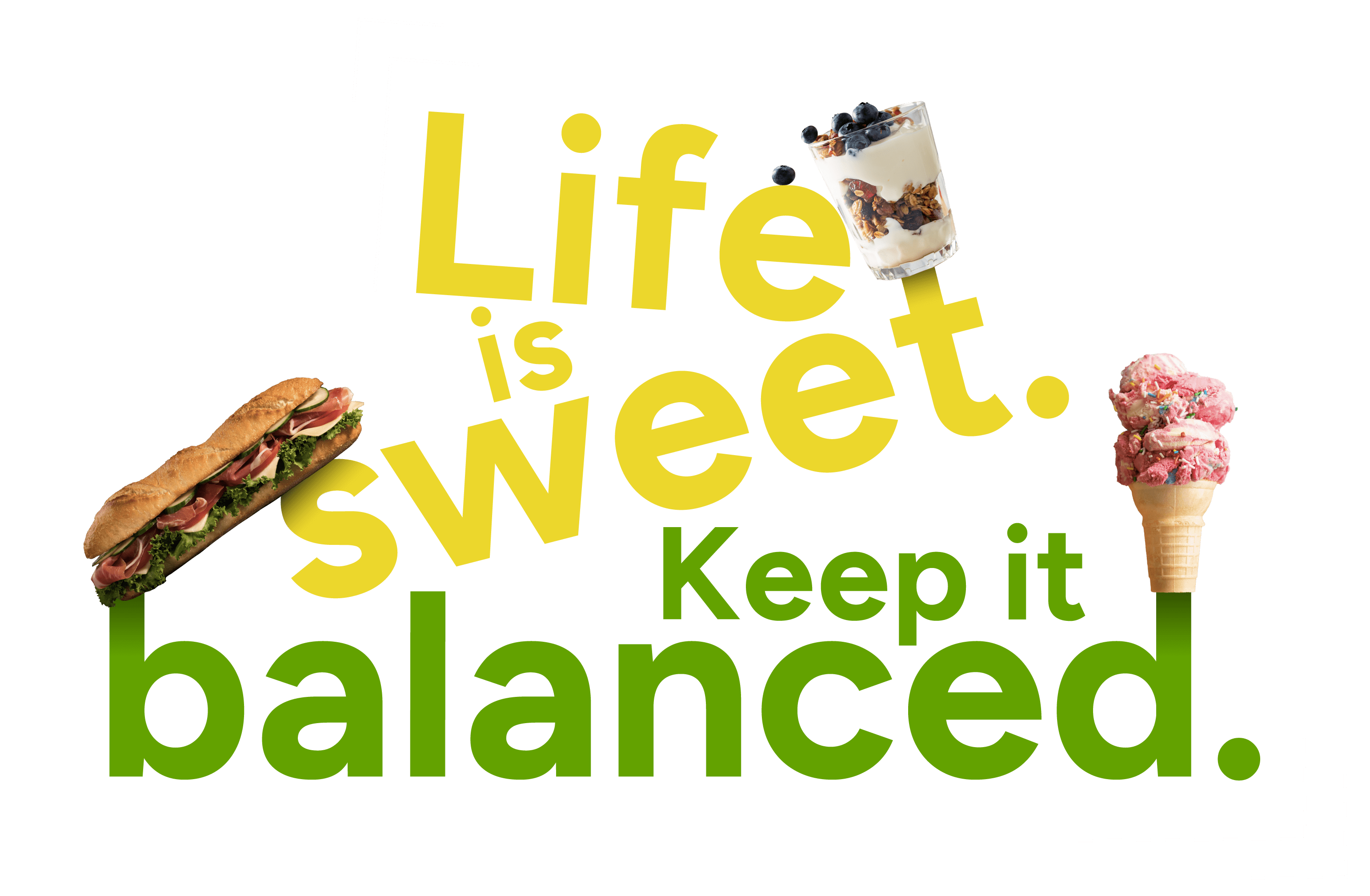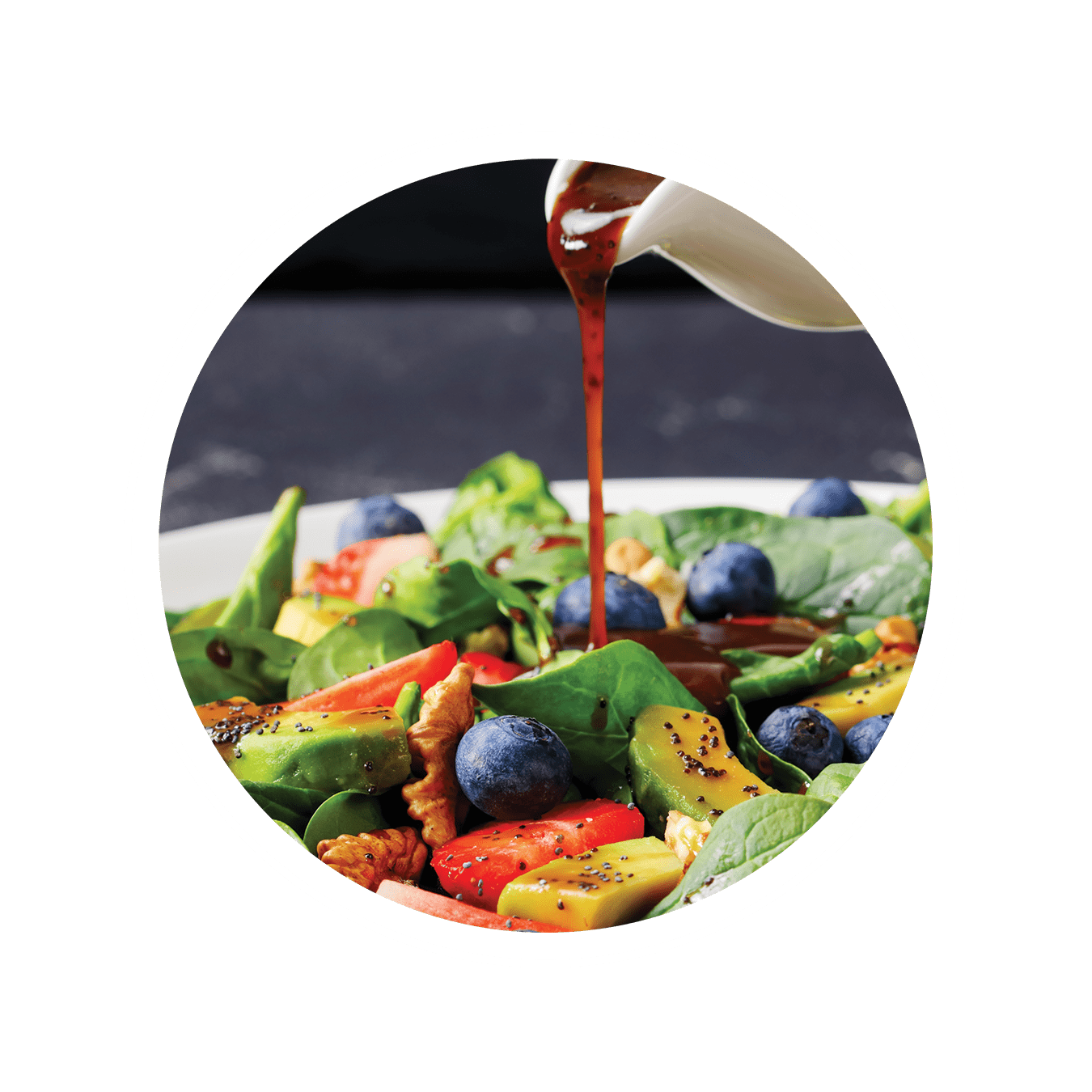Dietitian Toolkit
Tools for Talking About Sugar in Balance
Learn More
Balance, by definition, means “not extreme” and is an important component to a healthy lifestyle. Taking a balanced approach to eating and physical activity, making room for indulgences and avoiding anything in excess, are keys to a healthy lifestyle. The Sugar Association supports the Dietary Guidelines for Americans and shares the goal of moving Americans toward healthier dietary patterns.

Sugar has a place in a balanced diet by adding flavor and functions that help people enjoy a wide variety of foods. Because of this, the Dietary Guidelines for Americans recommendations allow for up to 50 grams or 12 teaspoons of added sugars per day as part of a healthy dietary pattern.

Here are some examples of common foods and their contribution to daily added sugars intake.
Real sugar comes from sugar beet and sugar cane plants grown on farms.
Learn MoreHere are some quick definitions and links to what these terms actually mean.
Learn MoreSugar is added to food for lots of reasons. Read more to learn the most common sources of added sugars in Americans’ diets.
Learn MoreLet's put added sugars and sugar intake into perspective of the total diet.
Learn MoreMore than 80% of consumers say it is important to know the guidelines for sugar intake.
Learn MoreWhat are the current recommendations for sugar?
Learn MoreSugar beet and sugar cane farmers are growing nature’s oldest sweetener, and our association is growing awareness of and confidence in sugar.
Learn More© 2025 The Sugar Association, Inc. All rights reserved.
Get Social with #MoreToSugar